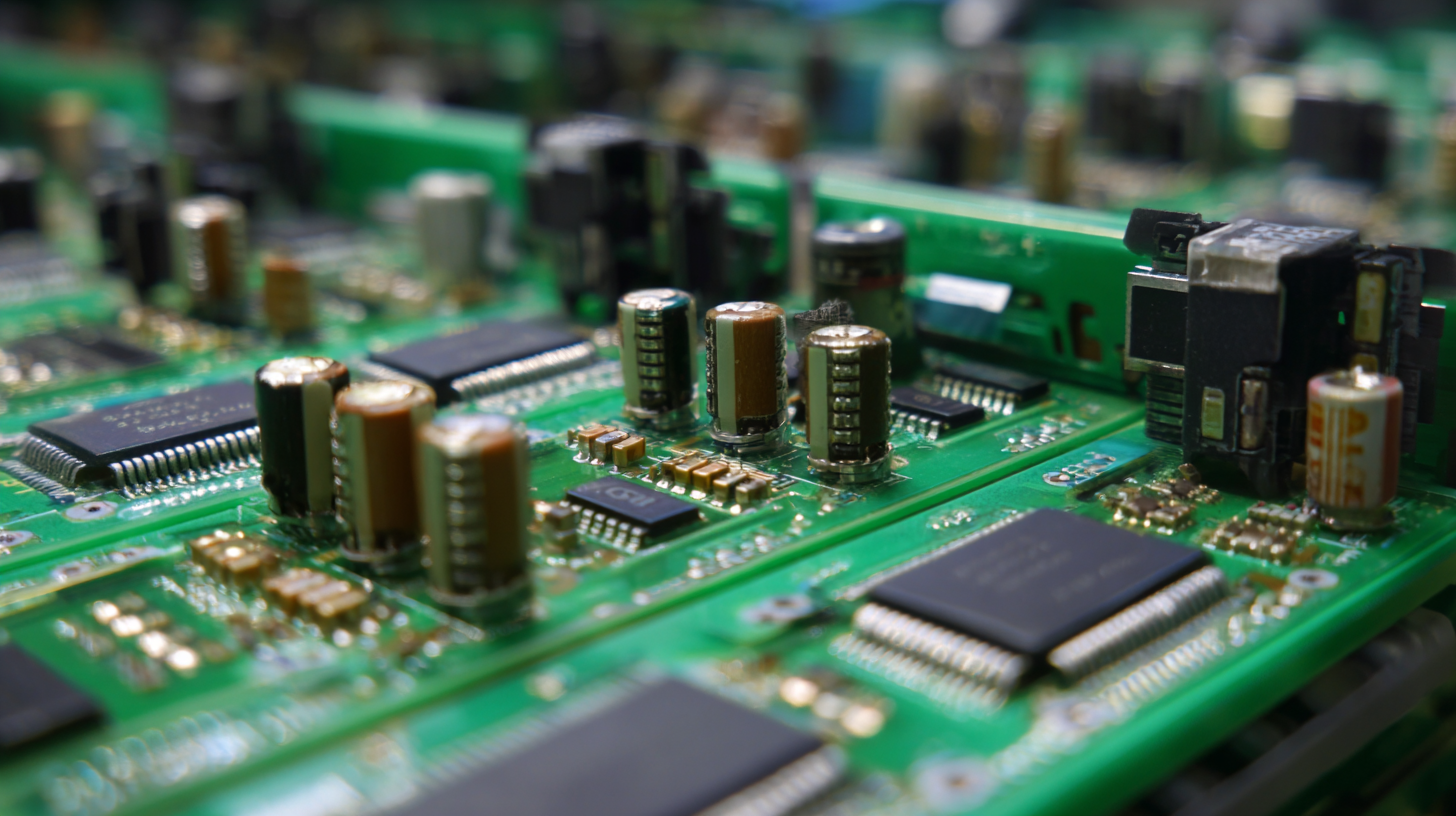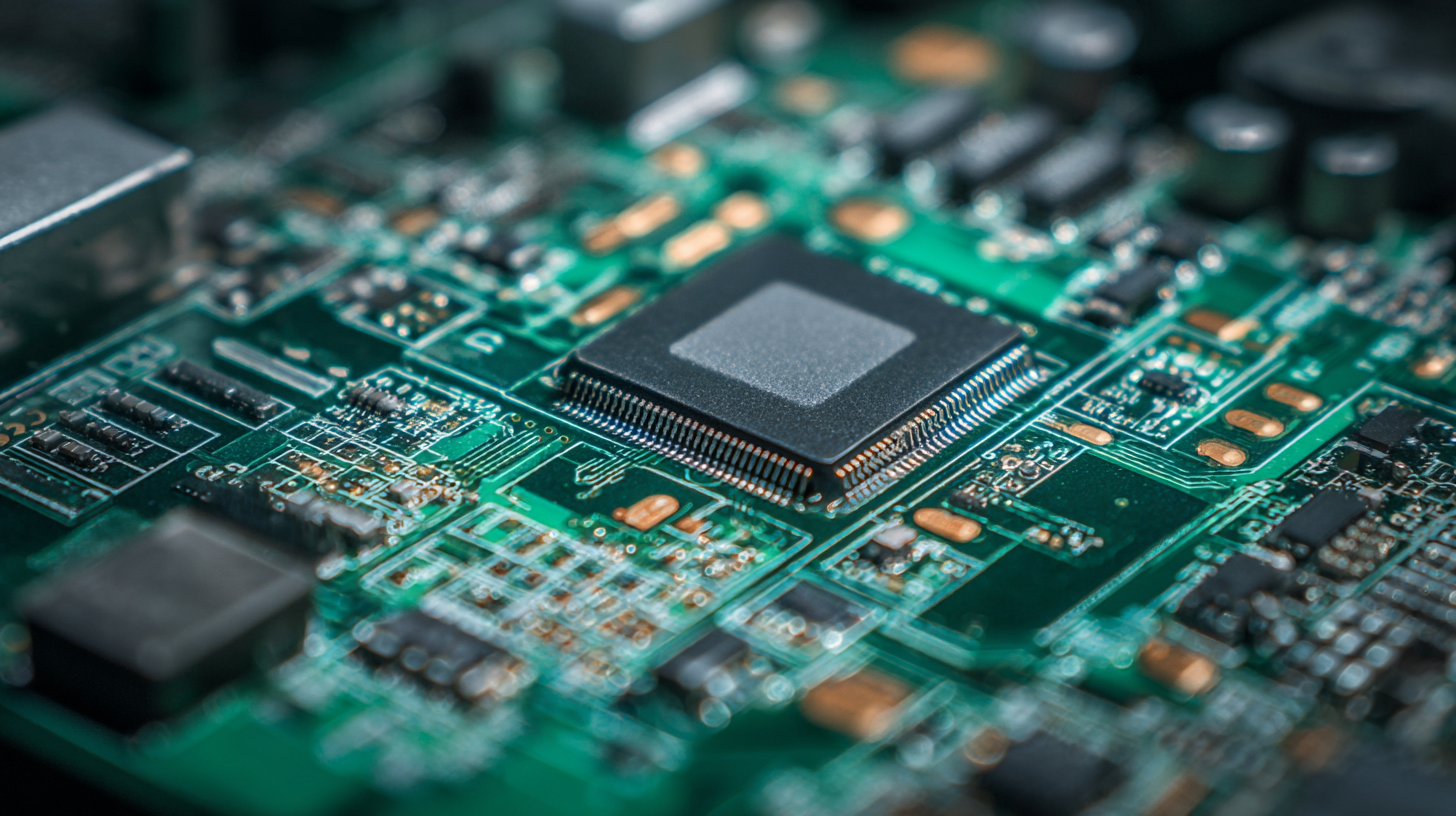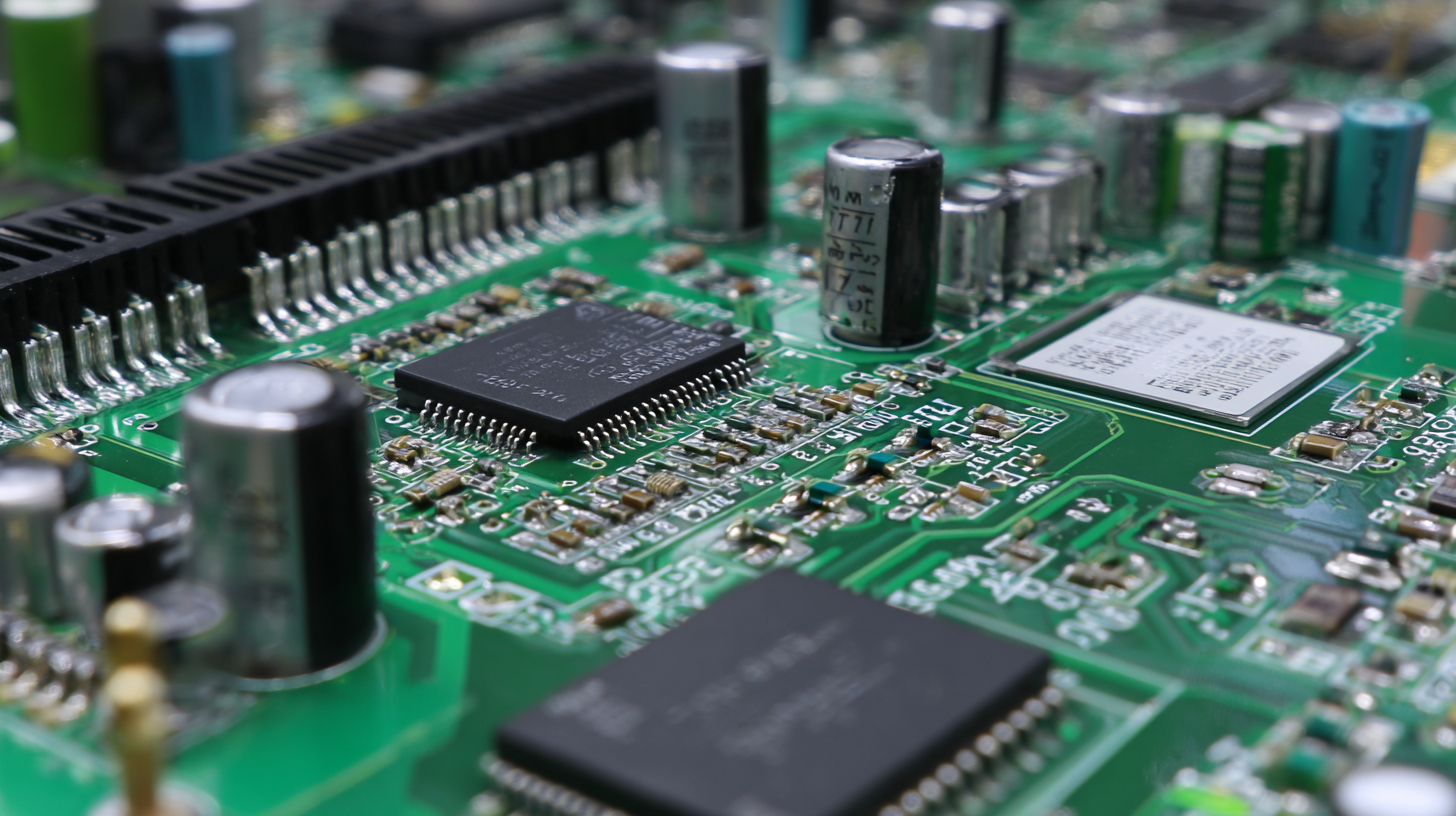In the rapidly evolving world of electronics, ensuring high-quality PCB production is paramount for manufacturers aiming to maintain a competitive edge. As the demand for innovative and reliable circuit boards continues to surge, navigating the complexities of import and export certifications becomes essential for achieving excellence in production practices. This blog will explore the intricate relationship between product specifications and certification requirements, shedding light on how these factors influence the overall quality and efficiency of PCB production. By understanding the key technical parameters and adhering to top industry standards, manufacturers can streamline their processes and enhance their product offerings.
 Join us as we delve into the best practices for securing the necessary certifications that will ultimately lead to superior PCB production outcomes.
Join us as we delve into the best practices for securing the necessary certifications that will ultimately lead to superior PCB production outcomes.
Understanding the importance of import and export certifications in PCB manufacturing is crucial for companies seeking to thrive in the global market. Certifications not only demonstrate compliance with international standards but also ensure that products meet specific safety, quality, and environmental guidelines. For manufacturers, having the right certifications can significantly enhance their credibility, making it easier to gain the trust of clients and partners alike. Without these certifications, a company may struggle to access key markets or face legal challenges, which can hinder growth and profitability.

Furthermore, navigating these certifications allows manufacturers to streamline their production processes. By adhering to the requirements outlined by various regulatory bodies, PCB manufacturers can optimize their operations and mitigate risks associated with non-compliance. This proactive approach not only improves operational efficiency but also positions companies advantageously against competitors who may not prioritize certification compliance. Thus, understanding and obtaining the necessary import and export certifications is essential, significantly impacting the overall success of PCB manufacturing practices in today's interconnected economy.
Navigating the complexities of import and export certifications is crucial for companies involved in Printed Circuit Board (PCB) manufacturing. For businesses aiming to achieve global trade compliance, several key certifications stand out. According to a report by IPC, a leading industry association, adherence to certifications like ISO 9001, IPC-A-600, and IPC-6012 is essential for ensuring quality and reliability in PCB production. ISO 9001 establishes robust quality management systems, while IPC-A-600 focuses on the acceptability of printed boards, and IPC-6012 pertains specifically to the quality assurance of rigid PCBs.
Furthermore, compliance with RoHS (Restriction of Hazardous Substances) and REACH (Registration, Evaluation, Authorization, and Restriction of Chemicals) regulations has become non-negotiable for companies trading in the European market. A recent study highlighted that over 60% of PCB manufacturers reported challenges adapting their processes to meet these stringent environmental standards, underscoring the importance of obtaining the right certifications not just for compliance, but for maintaining competitive advantage. By navigating the maze of these certifications effectively, companies can enhance their operational efficiency and pave the way for successful international trade.
Navigating the certification process in PCB production is crucial for manufacturers looking to ensure compliance and enhance product quality. According to a recent report by IPC, an industry association for electronics manufacturing, approximately 40% of PCB manufacturers face challenges in meeting international certification standards. This not only affects their market competitiveness but can also lead to costly delays in product delivery. Understanding the specific requirements for certifications such as ISO 9001 and IPC-A-600 can streamline operations and mitigate these challenges.
One best practice for navigating the certification process is to establish a thorough documentation system. A study from TechValidate suggests that organizations with efficient documentation practices reduce their time to certification by up to 25%. Additionally, engaging with skilled consultants who are well-versed in PCB specifications can provide invaluable insights and support throughout the certification journey. By investing time in training and continuous improvement strategies, PCB manufacturers not only achieve compliance but also position themselves for future growth and innovation in an increasingly competitive marketplace.

In the realm of PCB manufacturing, quality control is paramount, and certifications play a crucial role in ensuring that products meet industry standards. According to a report by Market Research Future, the global PCB market is projected to reach USD 110 billion by 2025, driven by increasing demand for electronic devices and advancements in technology. Certifications such as IPC-A-600 and IPC-6012 provide guidelines for inspecting the quality of PCBs, ensuring they adhere to critical reliability and performance benchmarks. Manufacturers equipped with these certifications can significantly reduce defects, ultimately enhancing customer trust and loyalty.
Furthermore, compliance with international certifications such as ISO 9001 and RoHS not only guarantees the quality of PCBs but also addresses environmental concerns. A study by Transparency Market Research indicates that eco-friendly manufacturing practices can lead to a 30% increase in market share for PCB companies that prioritize sustainable processes. By investing in certifications that promote quality control, PCB manufacturers position themselves competitively while contributing to a greener future, ensuring that their products meet both customer expectations and regulatory demands.
| Certification Type | Description | Importance in PCB Manufacturing | Expiry Period |
|---|---|---|---|
| ISO 9001 | Quality management systems requirement | Assures quality control and continuous improvement | 3 years |
| IPC-A-600 | Acceptability of printed circuit boards | Defines acceptable quality levels for PCBs | N/A |
| UL Certification | Safety standard compliance for electronic components | Ensures safety and reliability of PCBs | Annual recertification |
| RoHS Compliance | Restriction of hazardous substances | Mandates reduction of dangerous materials | N/A |
| CE Marking | Conformity with health, safety, and environmental protection standards | Indicates compliance for market access in Europe | N/A |
China's prominence in the printed circuit board (PCB) industry is underscored by its ability to meet stringent international standards, enabling local manufacturers to produce high-quality PCBs that cater to global markets. According to a report from Mordor Intelligence, the PCB market is projected to reach USD 83.12 billion by 2026, with China accounting for a significant share of this growth.
World-class Chinese factories are equipped to achieve certifications such as ISO 9001 and IPC standards, ensuring that their production processes align with internationally recognized benchmarks for quality and reliability.
One of the primary factors contributing to the competitive edge of Chinese PCB manufacturers is their comprehensive understanding of compliance requirements across various markets. As highlighted by industry experts, factories that maintain certifications not only improve their product quality but also gain access to broader international networks. Reports indicate that more than 80% of ready-to-ship PCBs are manufactured in certified Chinese factories, reflecting a commitment to excellence and adherence to rigorous testing protocols. This commitment positions them favorably in the global supply chain, allowing for swift responses to the evolving demands of high-tech industries.
Address :
Absolute Electronics Services LLC
330 W Fay Ave
Addison, IL – 60101
2025 Absolute Electronics Services, All Rights Reserved